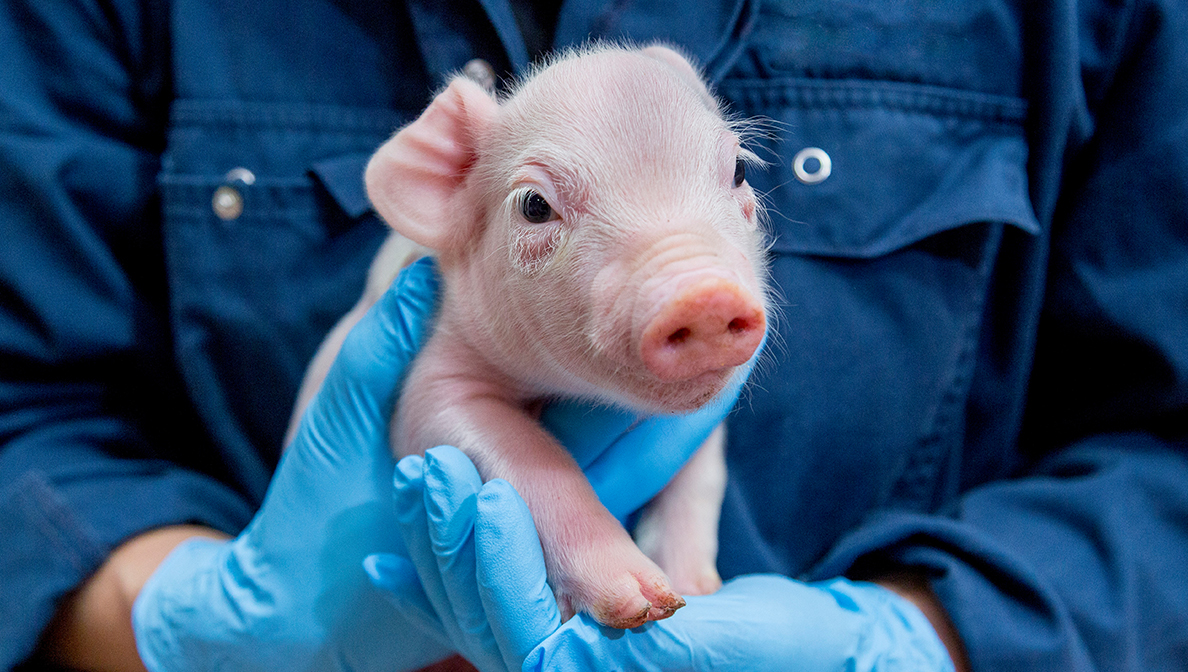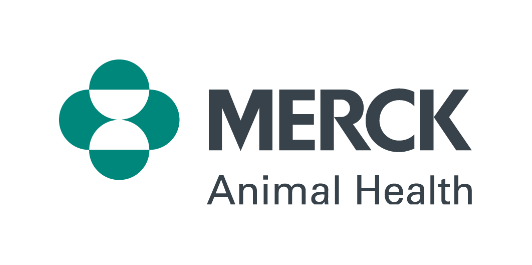
Integration of Biopharma and Technology in Swine Production: Addressing Whole Herd Health
The livestock industry, including swine production, is increasingly influenced by digital technologies as it faces growing demands for improved traceability, animal welfare, and operational efficiency. According to the Food and Agriculture Organization (FAO), global pork production reached approximately 120 million tons in 2022, highlighting the scale and importance of the sector. At the same time, producers are under pressure to adopt practices that ensure sustainability and meet regulatory and consumer expectations.
Challenges in Modern Swine Farming
Swine producers must navigate complex challenges such as disease management, biosecurity, and productivity optimization. Porcine circovirus type 2 (PCV2) and Mycoplasma hyopneumoniae are among the most prevalent pathogens affecting swine herds worldwide, contributing to significant economic losses. A study published in Preventive Veterinary Medicine estimates that PCV2-associated diseases can cause losses of up to $5.90 per pig in affected herds, primarily due to reduced growth rates and increased mortality.
Role of Technology and Vaccination
To address these challenges, the integration of health technologies with vaccination strategies is gaining traction. Needle-free intradermal vaccination methods such as IDAL® have been developed to improve vaccine delivery efficiency and animal welfare. Research indicates that intradermal vaccination can reduce stress and tissue damage compared to traditional intramuscular injections, potentially improving vaccine uptake and herd health outcomes.
Digital traceability systems are also being implemented to enhance monitoring and management of swine herds. These systems enable real-time data collection on animal health, movements, and treatments, facilitating more informed decision-making. According to one report, the global livestock monitoring market is projected to grow at a compound annual growth rate (CAGR) of 15.2% from 2023 to 2028, reflecting increasing adoption of digital tools in animal agriculture.
Integrated Solutions for Swine Health Management
Combining vaccination technologies with digital traceability offers a more holistic approach to herd health management. Such integrated systems can be customized to the specific needs of farms, allowing producers and veterinarians to streamline operations and respond proactively to health issues.
For example, a modular approach that includes ready-to-use vaccines targeting key pathogens, needle-free delivery devices, and digital platforms for tracking animal health data can help reduce disease incidence and improve productivity. This approach aligns with findings from the American Association of Swine Veterinarians, which emphasizes the importance of combining vaccination programs with robust monitoring to control endemic diseases effectively.
The convergence of biopharmaceutical advances and technology is reshaping swine production by providing tools that enhance animal health, welfare, and farm efficiency. While challenges remain in integrating these technologies into everyday practice, ongoing innovation and collaboration between producers, veterinarians, and technology developers are critical to building more sustainable and resilient swine farming systems.
References
- Food and Agriculture Organization of the United Nations (FAO). (2023). FAOSTAT: Livestock Primary. https://www.fao.org/faostat/en/#data/QL
- Opriessnig, T., & Halbur, P. G. (2012). Porcine circovirus type 2 associated disease: update on diagnosis, epidemiology, and control. Preventive Veterinary Medicine, 105(1-2), 1-14.
- MarketsandMarkets. (2023). Livestock Monitoring Market by Technology, Application, and Region – Global Forecast to 2028. https://www.marketsandmarkets.com/report-search-page.asp?rpt=livestock-monitoring-market
- American Association of Swine Veterinarians (AASV). (2021). Swine Health Monitoring and Disease Control Guidelines. https://www.aasv.org/swine-diseases/
